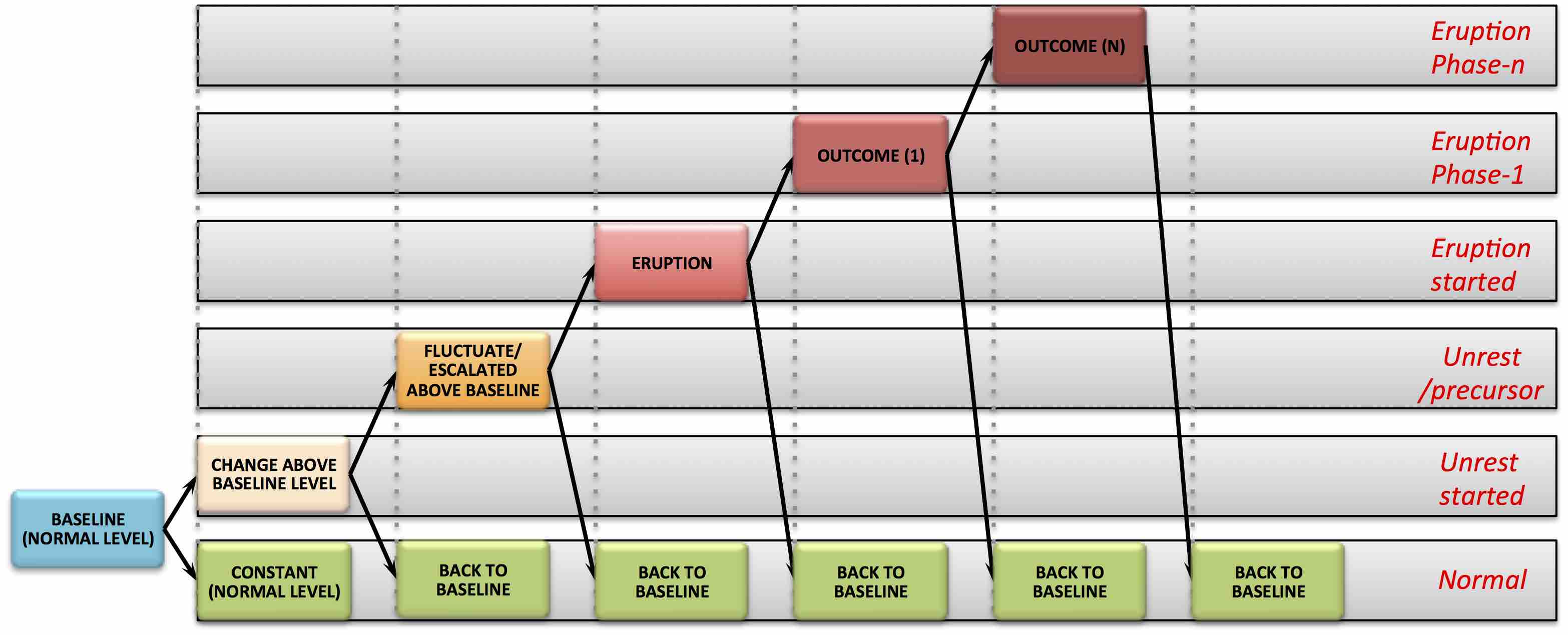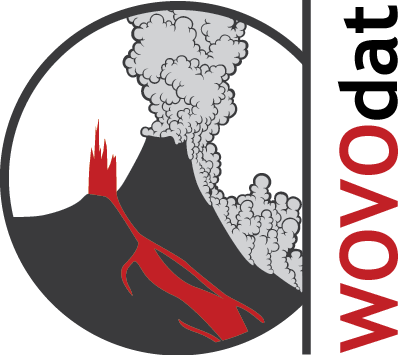What is Volcanic Unrest?
Most volcanic eruptions are preceded and accompanied by a period of unrest. Unrest is “changes from normal state” at a volcano or the deviation from the background level or baseline behavior of a volcano. The signs of impending eruption such as seismic activity, surface deformation, or gas emissions can be used as unrest indicators for a certain volcano; but not all will give signs and not all signs are necessarily followed by an eruption. Volcanoes behave differently. Precursory signs of an eruption are sometimes very short, less than an hour, but can be also weeks, months, or even years.

During periods of volcanic unrest, volcanologists need to interpret signs of unrest to be able to forecast whether an eruption is likely to occur, to anticipate to the evolution of the unrest, and to implement timely mitigation actions. Some volcanoes are regularly active and closely monitored, while other aren’t. Often, the record of precursors to historical eruptions of a volcano isn’t enough to allow a forecast of its future activity. Therefore, volcanologists must refer to monitoring data of unrest and eruptions at similar volcanoes.
Advances in monitoring techniques and data processing now allow collection of large amounts of data and information that captured the evolving unrest. WOVOdat is the World Organization of Volcano Observatories’ Database of volcanic unrest – an international effort to develop common standards for compiling and storing data on volcanic unrests in a centralized database and freely web-accessible for reference during volcanic crises, comparative studies, and basic research on pre-eruption processes. WOVOdat will be to volcanology as an epidemiological database is to medicine.


